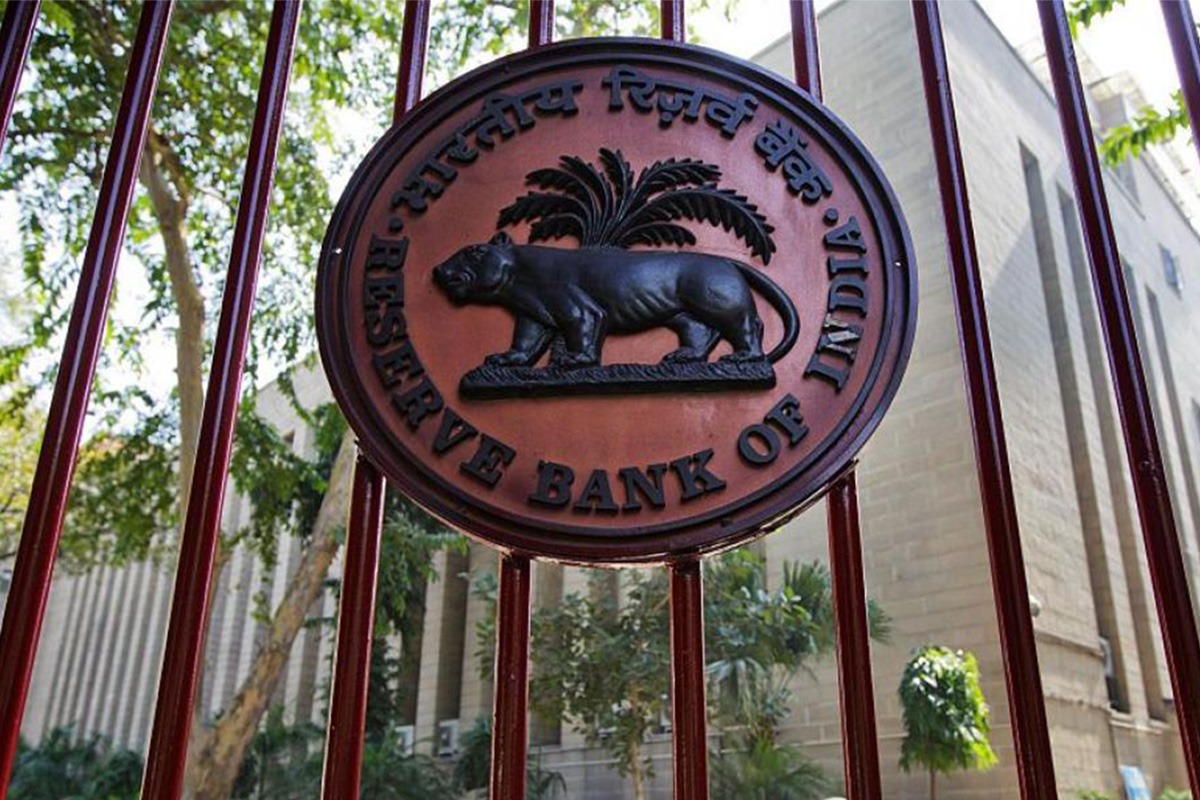The Reserve Bank of India (RBI) on Friday proposed a four-layered structure for non-banking finance companies (NBFCs) and new norms to strengthen their governance and operations.
The RBI, in a discussion paper, proposed to differentiate between NBFCs depending upon the layer they belong to, such as base and middle.
Advertisement
“To sum up, regulatory and supervisory framework of NBFCs shall be based on a four-layered structure – ‘Base Layer, Middle Layer, Upper Layer and a possible Top Layer’,” it read.
As per the discussion paper, NBFCs in the lower layer will be known as ‘NBFC-Base Layer’ (NBFC-BL), and for the middle layer as ‘NBFC-Middle Layer’ (NBFC-ML).
“An NBFC in the Upper Layer will be known as ‘NBFC-Upper Layer’ (NBFC-UL) and will invite a new regulatory superstructure.”
“There is also a ‘Top Layer’, which is ideally supposed to be empty. As such, no separate nomenclature is suggested.”
Besides, the RBI proposed a reduction in NPA classification norm of 180 days to 90 days.
“It is usually argued that business cycle aspects of NBFC-clients often demand relaxed norms as their cash flows are uniquely different and often longer in frequency.”
“However, such unique cash flow aspects of business should be factored by the NBFCs while fixing the due date for a customer. The NPA norm of 90 days overdue status would, therefore, not interfere with the business of the NBFC clientele.”
Furthermore, the discussion paper proposes to increase the minimum capital norms from Rs 2 crore to Rs 20 crore.
According to the RBI’s discussion paper, it is proposed that overall role and responsibilities of the ‘Risk Management Committee’ of NBFCs in different layers will be prescribed.
“The decision on composition for the committee as a Board-level committee or executive-level committee will be left to be decided by the Board of the NBFC.”
“It is proposed to prescribe that the Board will have adequate mix of experience and educational qualification among its members. At least one of the directors shall have experience in retail lending in a bank or NBFC. The idea behind such changes is that less rigorous regulation should be supplemented by improved governance standards.”
Additionally, the paper said the SSE (sensitive sector exposure) internal ceiling should separately represent capital market and commercial real estate exposures.
“Initial Public Offer (IPO) financing by individual NBFCs has come under close scrutiny, more for their abuse of the system. While there is a limit of Rs 10 lakh for banks for IPO financing, there is no such limit for NBFCs. Taking in to account the unique business model of NBFCs, it is proposed to fix a ceiling of Rs 1 crore per individual for any NBFC.”
“NBFCs are free to fix more conservative limits. Further, a sub-limit within the commercial real estate exposure ceiling should be fixed internally for financing land acquisition.”
In addition, disclosure requirements are proposed to be widened by including disclosures on types of exposure, related party transactions, customer complaints among others.
Over the last decade, NBFCs have witnessed phenomenal growth. From being around 12 per cent of the balance sheet size of banks (2010), they are now more than a quarter of the size of banks.
To regulate and supervise NBFCs, the Reserve Bank has implemented since 2006, differential regulation linked to size, in a limited manner.











